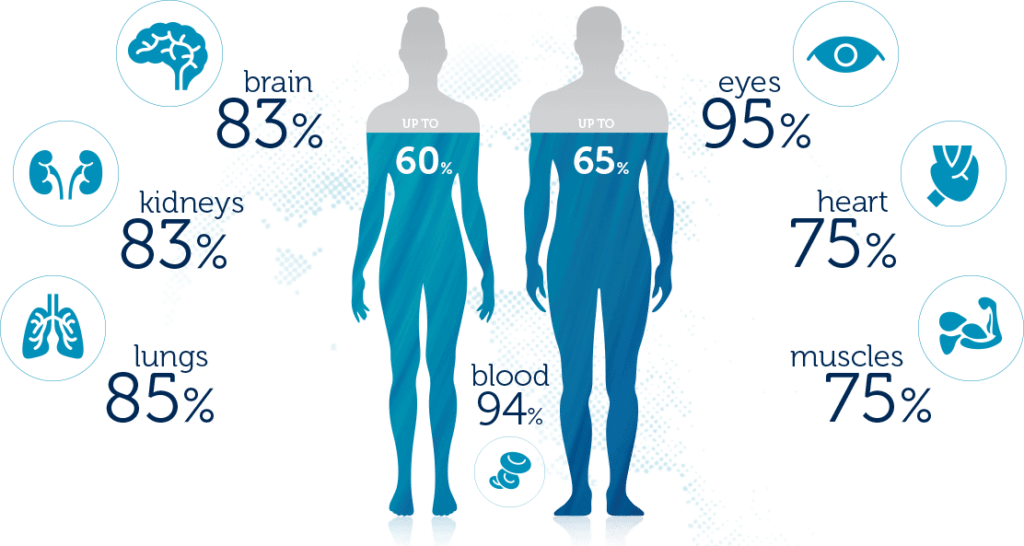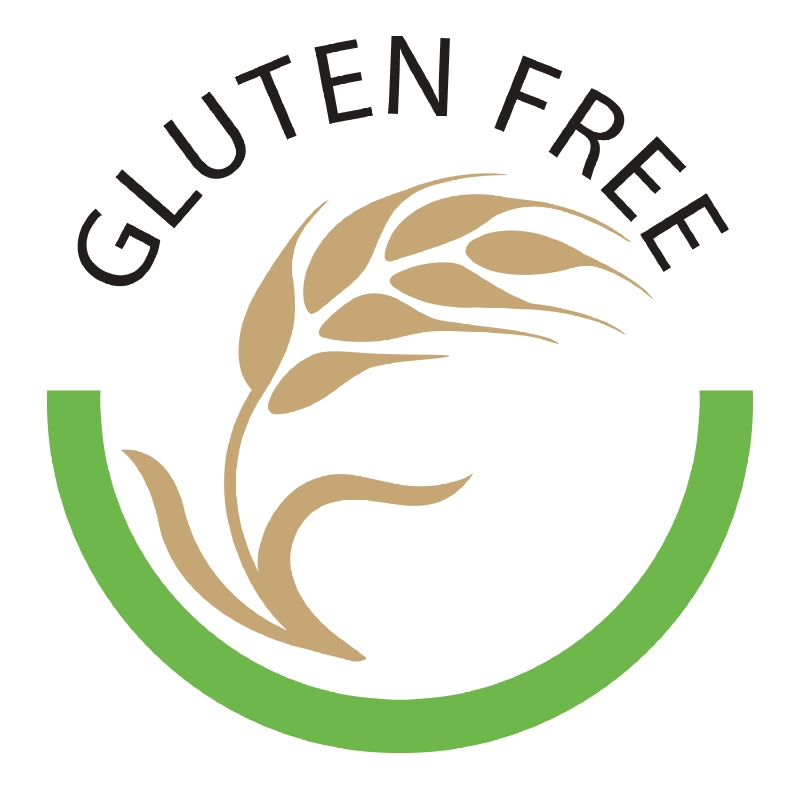Not every fat is created equal and not every fat needs be feared. Understanding the difference between healthy fat sources and those that cause disease states (including high cholesterol, heart disease, autoimmune disorders, cataracts and even Alzheimer’s, among a host of other physical ailments), is the key to finding which fats to incorporate into your diet and which to avoid. Our cell membranes are composed of a phospholipid bi-layer: essentially, it is made of fats. Our brains are made from fats. We need fats to produce hormones; assist our fat soluble vitamins A,D,E, and K to be absorbed; cushion and protect our bones and organs; help regulate our body temperature; and produce feelings of satiety after meals. Since the 1920’s, heart disease has begun to climb the charts for mortality and morbidity statistics. Currently it accounts for 40% of deaths in the United States. The trend became more prevalent after meats and oils began getting processed and sugars flooded the mainstream food sources. It’s important to emphasize that our bodies need healthy fats, and to avoid them altogether can actually cause cardiovascular and neurological disease.
The fats to avoid at all costs come from processed foods and sugar sources. Margarine and shortening can increase cholesterol levels and are linked to cancer and heart disease, whereas all-natural butter, despite its saturated fat, is still the healthier alternative. Research shows that while saturated fats will raise the LDL cholesterol, it is also cardio-protective by raising the good HDL; however, the quality of the saturated fat is important to consider.[1] Foods that are labeled “fat-free” should be avoided due to the chemical changes it undergoes during processing. Healthy fats include plain Greek yogurt, organic cheeses and milk, raw nuts and seeds, lean red meats such as grass fed beef, organic eggs, chicken, lean pork, and wild caught fish.[2]
The worst fats of all are those known as polyunsaturated and trans-fats, as these have high unhealthy omega-6 fatty acid levels. Polyunsaturated fats should be kept to below 4% of the daily calories. What makes them so harmful? When heated during the chemical processing of these products, which occurs through oxidation, free-radicals develop. When these fats are reheated and exposured to moisture from cooking, the oxidative changes compound. Sources of polyunsaturated fats include processed soy-bean products, corn & canola oil, and safflower oil. Too much of this variety, in conjunction with too little of the healthy omega-3 fatty acids (olive oil, beef tallow, flax seed oil, & coconut oil) can lead to immune system dysfunction; liver, lung, and reproductive organ damage; gastrointestinal distress; impaired growth & learning ability; and weight gain.
Keeping healthy fats and oils in your diet is important. Knowing the sources of the fats is even more important. Read the labels on foods you already have and those you are shopping for. Aim for more omega-3 fatty acid food sources and avoid sugars, fatty meats, and processed foods. The better your food choices, the less chance you will consume unhealthy fats and decrease your risk for cardiac disease and other physical illnesses.
Contributed by Terri Caunt R.N., B.S.N.
Bibliography
[1] www.drhyman.com/blog/2014/09/08/saturated-fat-get-bad-rep/
[2] www.doctoroz.com/slideshow/saturated-fat-guide







